-
Posts
2.332 -
Joined
-
Last visited
-
Days Won
60
Posts posted by Sundiata
-
-
Quick reply, among the heroes, in order to stick to the 500BC - 1 AD era, Piye should be replaced with Arakamani, and Amanitore with Amanishakheto.
The Kushites can upgrade individual Temples to Temples of Amun, which can train Temple Guard champions and heal units faster."Well, that solves that issue... nice.. But wouldn't one temple being at least twice the size of the other temple be an issue?
@Lion.Kanzen What are the odds, I was just reading through that piece again today. It's pretty decent. That's the best mod for Total War featuring Kushites.. Their research is pretty good... But ours is more comprehensive

-
 1
1
-
-
@niektb You're absolutely right, I made that mistake for the first few posts because I had trouble uploading them directly... I've been thinking about re-uploading them directly for that same reason.
-
 1
1
-
-
I like them, but the more elaborate one on the left should only be used for elite/noble units. Other than that, personal decorations like these would have been worn commonly by every level of society, making use of cut stones, ceramics and glass, and as you moved up the social ladder, you'd see more bronze, silver and gold.
This is all really good stuff by the way... The buildings... The units...
This is going to be the most accurate representation of the Kushites anywhere, ever...
@LordGood You're right about the pylon gateway being too narrow... But how lovely it would look indeed...
-
 1
1
-
-
The Kingdom of Kush:
A Kingdom of the bow, the axe, the spear, the dagger, and the mace
Boston Museum of Fine Arts collection
The fourth in a series of selected Kushite artefacts from the museum of fine arts, Boston. See more of the collection here, in Kushite Gold, Kushite Bronze and Kushite pottery, beads and faience. This post will be of particular interest to Kushite military units.
A very important note that needs to be made, is that Kushites did not burry their dead with weapons of warfare. This was very confusing for early researchers, who, in conjunction with the leading prejudices of the time, concluded that Kushites were not a warlike people. They concluded that the 17 Egyptian Middle Kingdom fortresses in Lower Nubia were built to keep out another, unknown fantasy enemy. Obviously, nothing could be further from the truth, and this has been readdressed in more contemporary research.
Despite the Kushites not commonly burying their dead with weapons, as with everything, there are exceptions, and the Musuem of Fine Arts houses quite a few of these exceptions. It seems to me that most of the weapons found buried in Kushite graves are most closely related with the hunt, and ceremonial purposes. Kushites simply didn't expect to wage war in the afterlife... Nonetheless, these exceptions give us something tangible to work with.
SpoilerI will begin by posting a collection of Kerma period bronze daggers with ivory pommels. For some reason, quite a few of these survived to this time. The reason these are important, is because daggers remain important throughout the entirety of Sudanese history, and provide the original template for Meroitic short-swords, featured in a number of Meroitic reliefs.
And finally, a rare Napatan period bronze dagger. At approximately 33cm it's increasing length provides us with the missing link, between Kerma period daggers, and Meroitic short swords.
A model stone axe, a full sized iron axe, and an armour piercing bronze axe. Axes seem to have been one of the preferred infantry weapons of the time
A collection of bronze model axe-heads
Stone arrow heads have been found in abundance at Meroitic sites
Iron and bronze, barbed arrowheads are common finds as well
A magnificent bronze quiver, with sadistically barbed bronze arrowheads, and a collection of heavily corroded iron arrowheads and a spear tip
More heavily corroded, barbed iron arrowheads, and a collection of knives
These more than 20cm long, heavily corroded iron spear tips would have been quite formidable weapons.
A collection of metal mace-heads
A collection of stone mace-heads
And finally, a collection of bronze chisels, small axe-heads and blades
-
 1
1
-
-
Yes, that's why the relevant sections should be copied into new threads. This single master thread is important. It's value goes beyond 0AD. + some people like to read a lot

-
 1
1
-
-
It's just that I've grown quite fond of this thread. It is literally the only place on the internet that offers such a large collection of sources and visual references on the Kingdom of Kush. I'd hate to see it split up... It can be used as a reference source for so many purposes outside of 0AD as well.
-
Let's keep this thread as it is, and copy the relevant sections to the necessary new threads?
-
I haven't had time to focus on the indigenous terminology yet, which is indeed very difficult seen as their language is very poorly understood. I was thinking that we can combine ancient Egyptian and modern Nubian as an approximation for ancient Meroitic...
For bonuses and unique techs, I was thinking something like:
- Saqiya: animal driven waterwheel, introduced in the Ptolemaic period, increasing agricultural output.
- Cattle herding: lowered cost to train large herds of cattle
- Iron-smelting: metal mining bonus
- Fervor of Amun: warriors fight with increased strength and passion, for the love of Amun
- Fired brick making: significantly increased strength for buildings
- Jewelry making: trade bonus
...
-
 2
2
-
-
@LordGood The walls and coral look just right.. The architectural set is really coming along very nicely.... May I suggest a pylon gateway though? They were used more ceremoniously than defensively, but just like most aspects of Kushite society, there was a lot of symbolic/ceremonial use of stuff.
@stanislas69 We have written records of the 25th dynasty Kushite pharaoh Piye using battering rams and siege-towers. These records were studied by the later Kings and Queens of Kush, so they definitely knew what they were. But once again, I have no idea what they looked like, or whether they used them in the 500BC-1AD period... A generic battering ram doesn't seem like a bad idea though.
I'm in favour of the Amun temple being the Special Building. A wonder needs to be unique, and off the top of my head, I can think of at least 8 different Amun temple complexes throughout the Kingdom of Kush, all of them following the exact same floor-plan. The cult of Amun formed a sort of shadow-government, and influenced many aspects of Kushite society, including politics, religion, culture, warfare and economy. The pyramids could just be a given... One of the unique things about playing with Kush.
The most unique, monumental structure/complex we know of is Musawwarat es Sufra, known to the Kushites as Aborepi (place of the elephant). At least some of their royals grew up here. This is also the most likely place for elephant training in Kush. Basically the perfect wonder:
@wackyserious Thank you! Some of their warriors made use of leopard and lion pelts around their waist. It seems to have been symbolic, being a sign of bravery (to have been able to kill one of those animals is not an easy task) and the leopard pelt in particular has a spiritual side to it as well, being closely associated with Amun. Their shields were often made of/covered with cow or oxhide (brown or black spots over white), as well as leopard skin and elephant- and rhino-leather. The units you made look really good as they are, and do seem to represent the urban elites. Noble and royal elites would have also made use of bronze scale armour:
Spoiler@Lion.Kanzen Up to now, I've only found a single reference for that type of shield coming from the right time-period. The problem is, it's seen in a figurine from Ptolemaic Egypt, featuring a Nubian mercenary. It's very possible they were used in ancient Kush, though I'm sure pointy shields like that would have been avoided on horse-back (looks like you could seriously stab your own horse with that).
@wowgetoffyourcellphone Feel free to start the necessary threads. I don't know where to start them without spamming the forum
 My request for a sub-forum didn't get me very far...
My request for a sub-forum didn't get me very far...
-
 1
1
-
-
Wow, people, all this stuff is looking fantastic... Very humbling...
Those pyramids are perfect...
@wackyserious, I'm a big fan of all the other work you've done for 0AD so far, and I'm very happy you want to work on the Kushites! Looking forward to what you come up with. I really need to drop some more unit-concept art soon, so you can use that. Your first attempt looks darn near perfect though...
@Lion.Kanzen I forgot which one, but one of the classical writers notes that they also armed their women, but I have no clue, how they looked like, or how they were used... A female bodyguard for the builder-Queen Amanishakheto doesn't seem that far-fetched though... But let's stick to what we can attest through research.
-
 1
1
-
-
Very true...
Although the Gauls need a revamp too, but that's a discussion for another time

-
A mysterious, ancient civilisation is trying to eke out a living, on the banks of 0AD's Nile River...
Special thanks to @LordGood, @wowgetoffyourcellphone, @balduin, @stanislas69, @Lion.Kanzen, @Zophim and many others who have supported and continue to support this project. A preliminary version of The Kushites is now playable in Delenda Est, which can be downloaded right here!
For more information on the development of the Kushite mod, check out:
-
 5
5
-
-
This totally made my month @wowgetoffyourcellphone... Thank you so very much

 Amun will be pleased
Amun will be pleased 
Delenda Est is awesome by the way... Can't wait to play it more...
Yes, I know, those farms should have been built outside my territory, I learnt the hard way

-
 2
2
-
-
Civ VI ain't got a thing on 0AD... By the way, your first models came out months before anyone knew Civ VI was going to add the "Nubians". They didn't even name them correctly, opting for anachronistic pop-culture terminology instead... Our project here is way more accurate. I mean, look at those temples... Perfection!
In the coming weeks I'll attempt to provide some relief-outlines, which lion can use to create unique textures, so the temple and pyramid chapel will be identical in form, but using different reliefs.
-
 1
1
-
-
And you're making a dream come true, LordGood, wow...
-
 1
1
-
-
@LordGoodI guess you're referring to this, Egyptian machicolated balcony... I totally learnt a new word today...
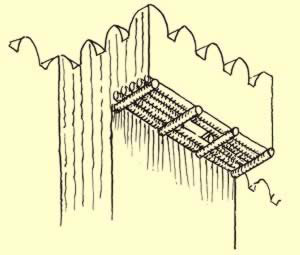
I think they were a feature of the Middle Kingdom Egyptian Fortresses in Nubia, which were taken over by the Kushites during the 25th dynasty, and remained under Kushite control until I presume Ptolemy II's Nubian campaign in the 3d century BC, who actually reoccupied some of these fortresses, which had fallen in disuse by then.
I can't provide you with conclusive proof of their use, but If you're going heavy on the Egyptian references for the fort, then why not?
On this Neo-Assyrian relief, depicting an assault/siege on a fortified Kushite position in Northern Egypt, around 672BCE, something similar to a machicolated balcony can be seen.
-
 1
1
-
 2
2
-
-
So it begins...

-
2 hours ago, LordGood said:
lol I should look at some of this stuff in person. Haven't been to the MFA in a while.
You should, and take some pictures while you're there

-
 1
1
-
-
The Kingdom of Kush:
A Kingdom of exquisite pottery, fine beads and blue glazed faience
Boston Museum of Fine Arts collection
The third in a series of selected Kushite artefacts from the Museum of Fine Arts, Boston. See here for A Kingdom of Gold , and here for A Kingdom of Bronze.
Here I present a selection of beautiful fine ceramics, beads and blue glazed faience amulets from the Meroitic period. These things are found quite abundantly in Kushite archaeological sites, and once again attest to the level of craftsmanship reached by the people of ancient Kush:
SpoilerMeroitic Pottery:
Large and small cups, bowls, and jars
Beads:
Beads made of a large variety of materials including precious stones, faience, ceramics and glass.
Blue Glazed Faience:
Faience is a "sintered-quartz ceramic", and has been produced in Kush since the days of Kerma. These now somewhat faded Napatan and Meroitic period faience objects would have shimmered bright blue/green, back in their day. They are mostly amulets for good fortune/warding of evil, and are found in the form of scarabs and gods like Amun, Horus, Hathor, Bes and others.
-
 2
2
-
-
But maybe someone can answer the guy's other question: "I wanted to ask how long there is the tutorial in the game?"
I don't actually know myself...

Also: "If the in-game encyclopedia it's similar to the AoM design, with internal links ( @s0600204 it would be?), swastika could have a dedicated entry to explain this." Definitely, to avoid any confusion...
-
I have seen a 2000 year old swastika from Kush, 800 year old Swastikas from Christian Rock Churches in Lalibela (Ethiopia) and Swastikas from my own people (Akan people, from Ghana), dating anywhere from 1400 to 1720 AD, so even in Africa it has been used significantly, long before Hitler...
SpoilerSwastika from Kush, Sudan c. 270BCE - 350AD:
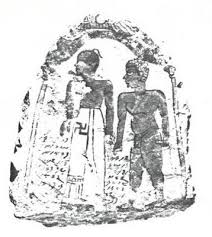
Swastikas from Lalibela, Ethiopia, ca. 1181–1221 AD
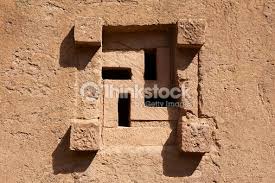
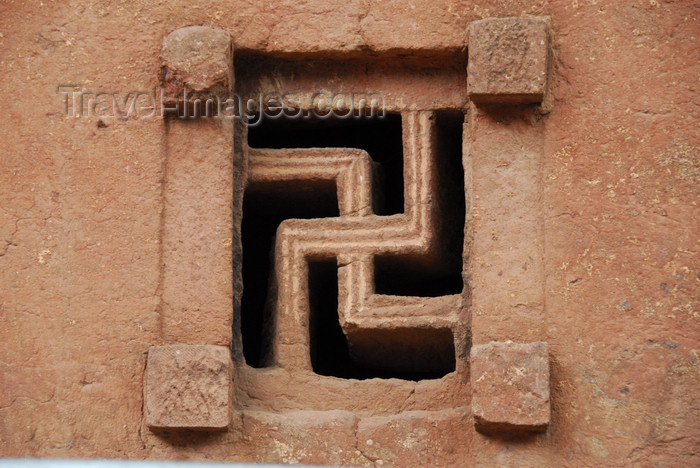
Swastikas from the Akan people, Ghana, c. 1400 - 1720 AD
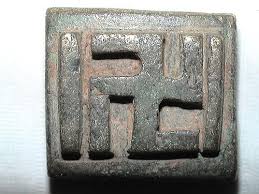
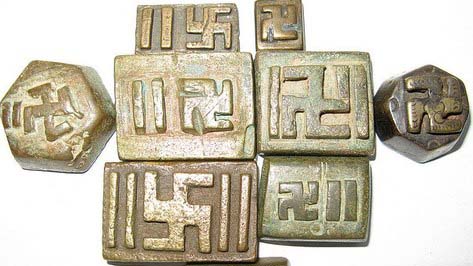
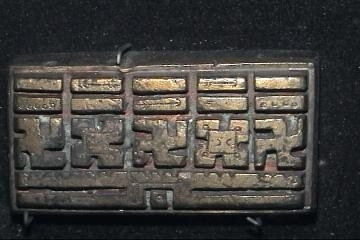
0AD is a historical RTS, and the Swastika was, and remains an important symbol in Buddhism and Hinduism, so you shouldn't associate with Nazism at all in this context.
-
 1
1
-
 1
1
-
-
Actually, those would be Kerma period Kushites, or the Kingdom of Kerma, (but yes, they're colloquially, yet erroneously referred to as Nubians).
Kingdom of Kerma goes from c. 2500 BCE to 1500 BCE
Then they get conquered and assimilated by New Kingdom Egypt from c. 1500BCE to 1000 BCE
Then the Napatan period, from c. 1000 BCE to 270BCE
Then the Meroitic period, from c. 270BCE to 350 AD
Kerma, Napata and Meroe are three different periods of the Kingdom of Kush.
After the collapse of the Meroitic state, we see the rise of the Nobatae (Noba), who set up the Kingdom of Nobatia in Northern Sudan. That's where the name Nubia comes from. The central Sudanic, Christian Kingdom of Makuria eventually conquered the kingdoms of Nobatia to it's north, and Alodia to it's south, becoming a major power, twice defeating invasions from the Rashidun Caliphate. Makuria is also worthy of a place in Millennium AD.
Sorry for going off topic :/
-
 1
1
-
-
@Lion.Kanzen Most definitely... Mali Empire is a must have
 :
:
Songhai, The Hausa Kingdoms, Axum and the Swahili city-states are all very interesting as well, for Millennium AD
-
 3
3
-
-
Hi, I live in Ghana (where my father is from), GMT -0, but I grew up in Belgium, in the Flemish part (where my mother is from).
Sundiata Keita was the founder of the Mali Empire, and I'm fascinated by African history and empires, so... That's where the name comes from...
Oh, and my profile pic is one of the famous "Ife Bronzes", from medieval Nigeria...
-
 4
4
-

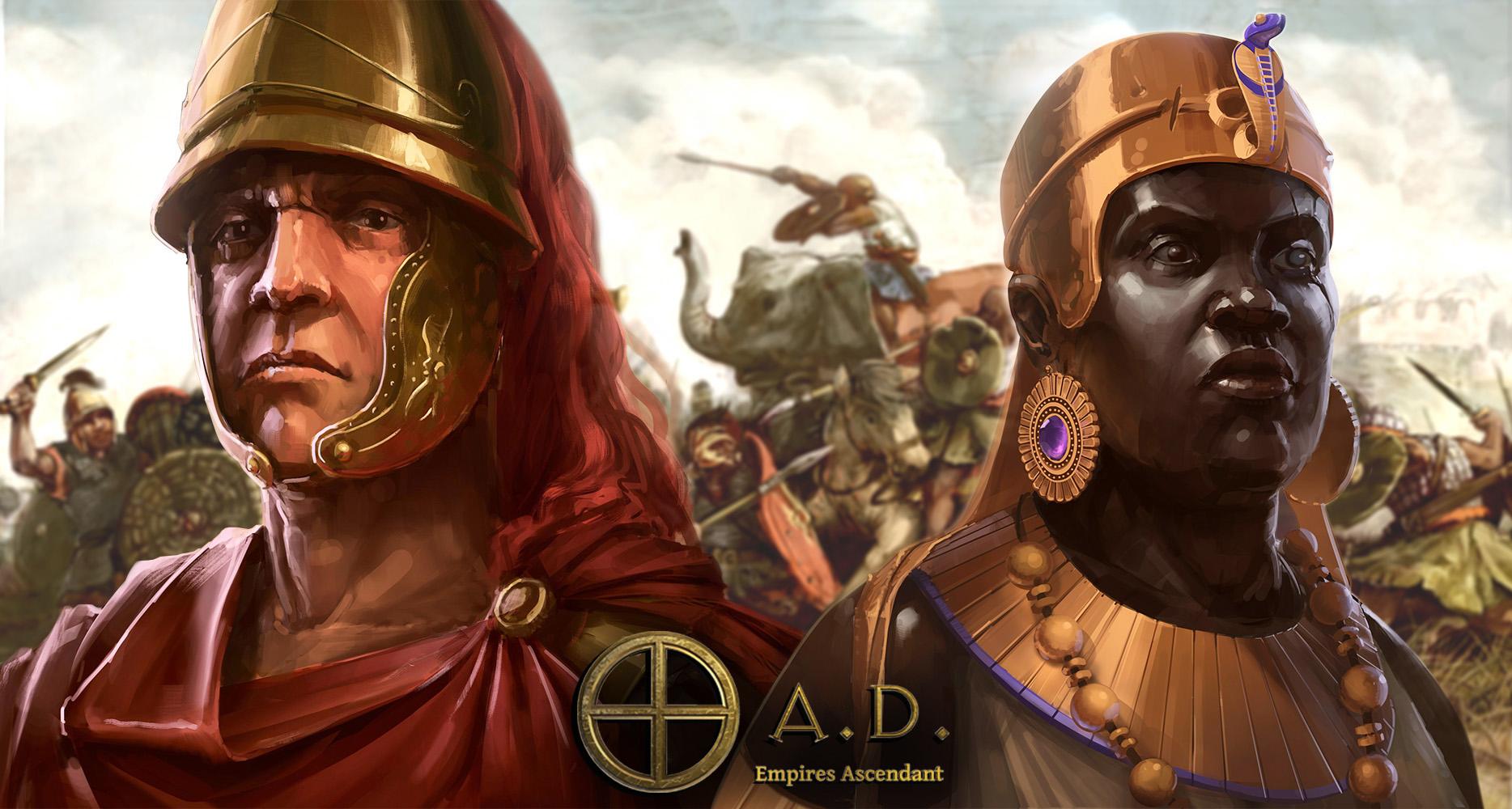

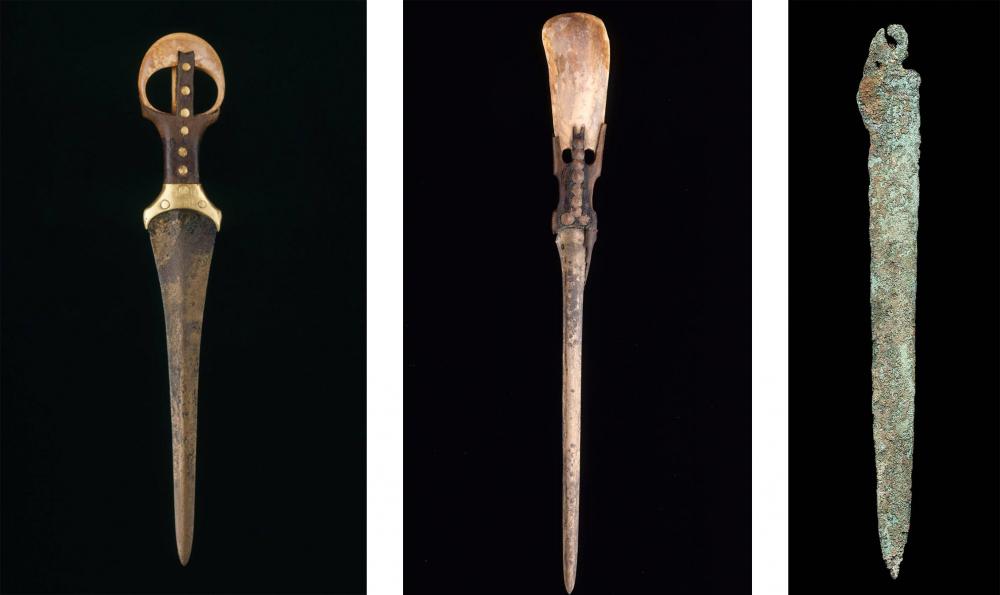
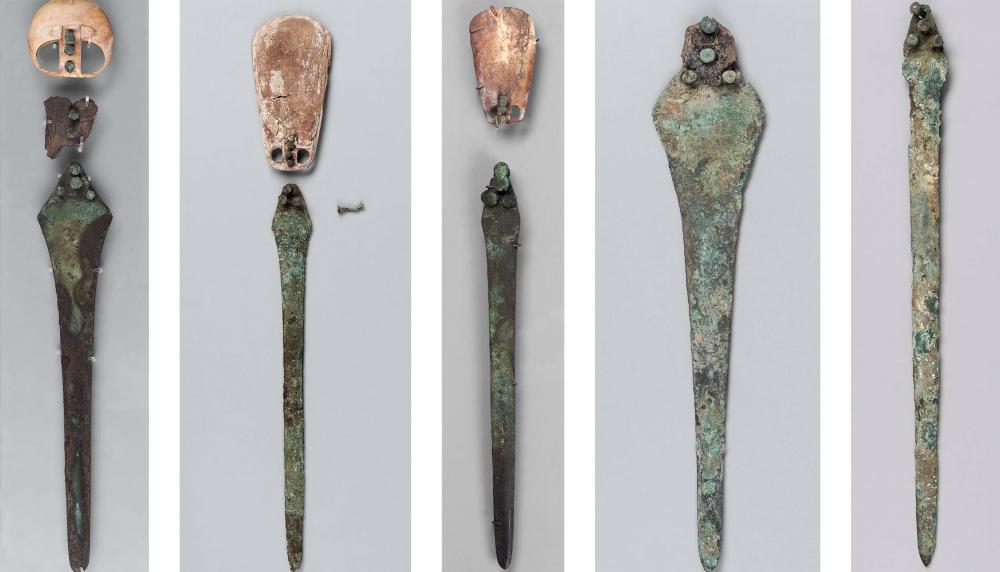
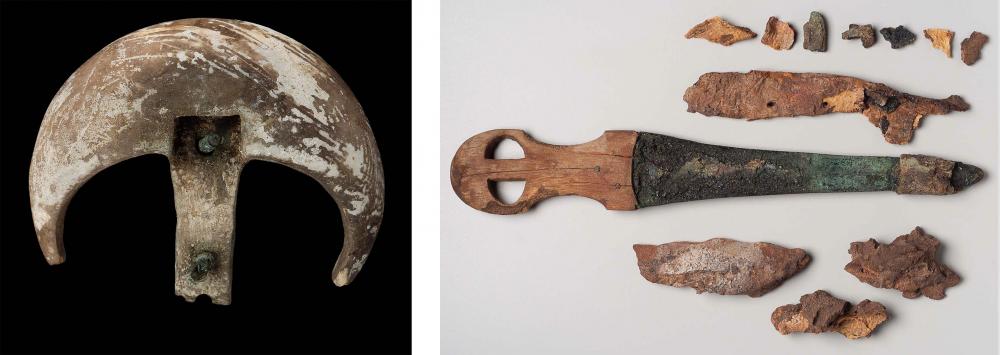
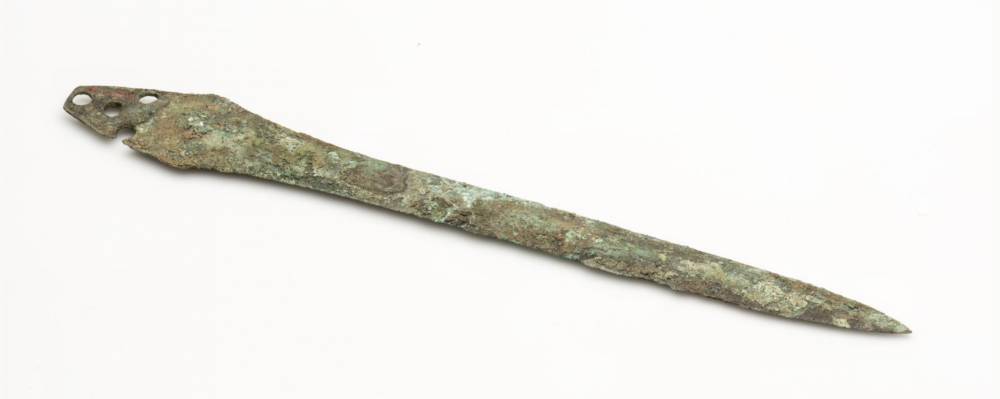

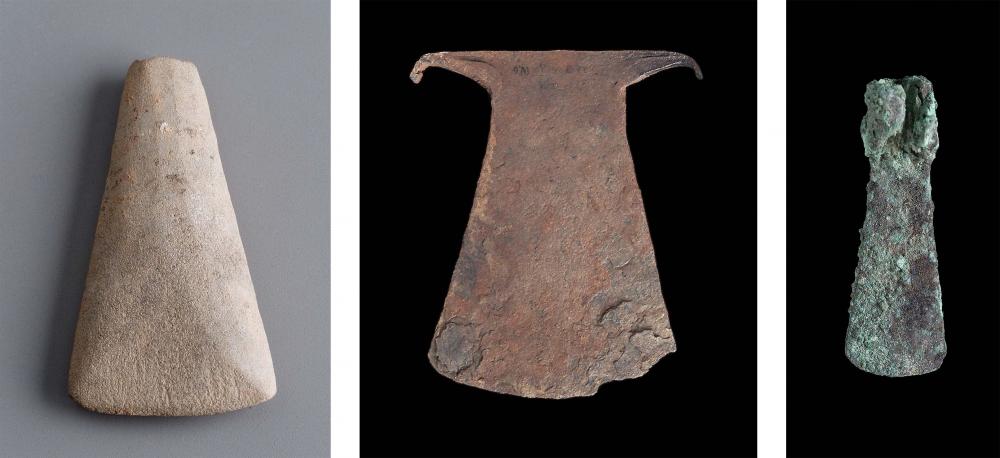
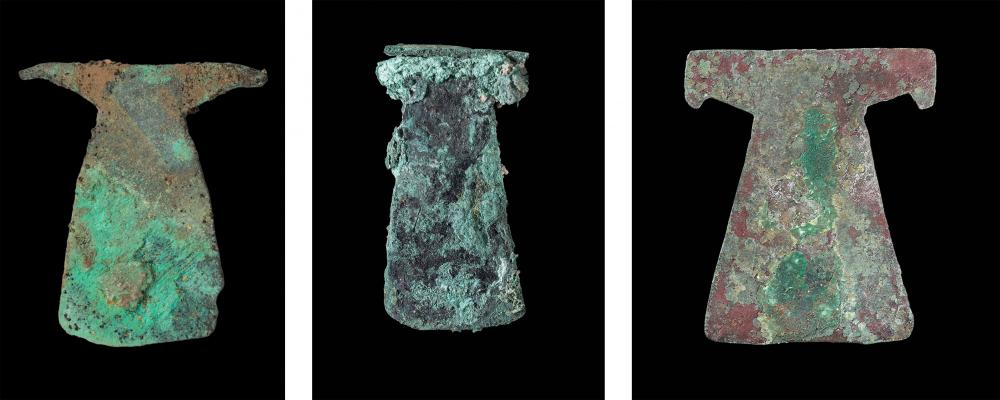

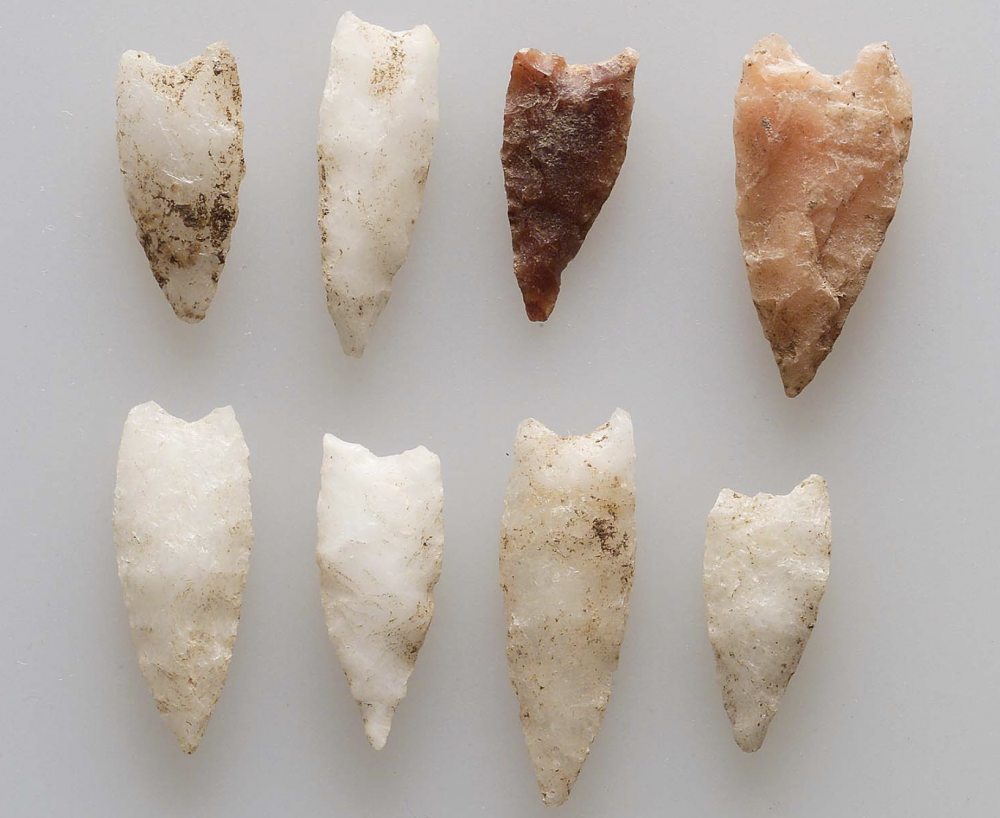
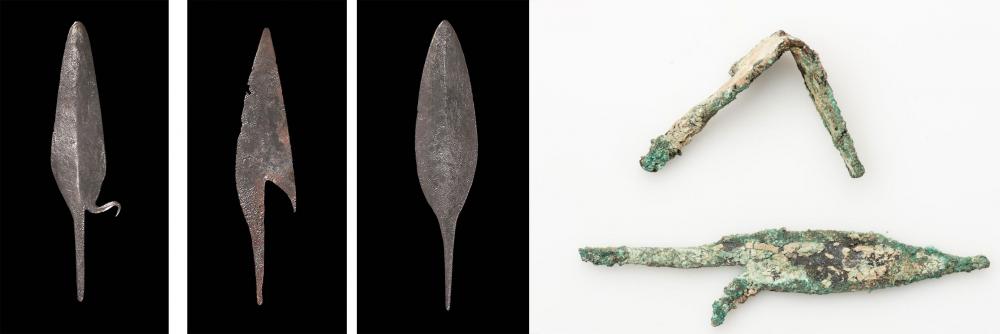
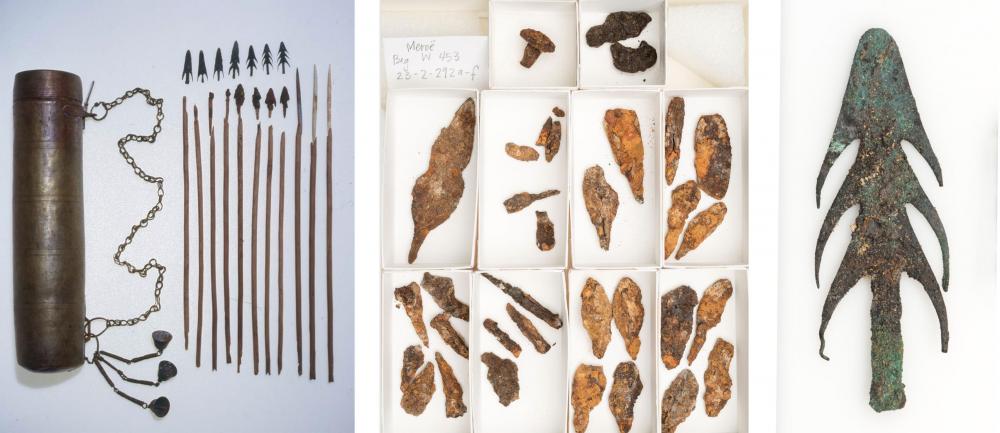
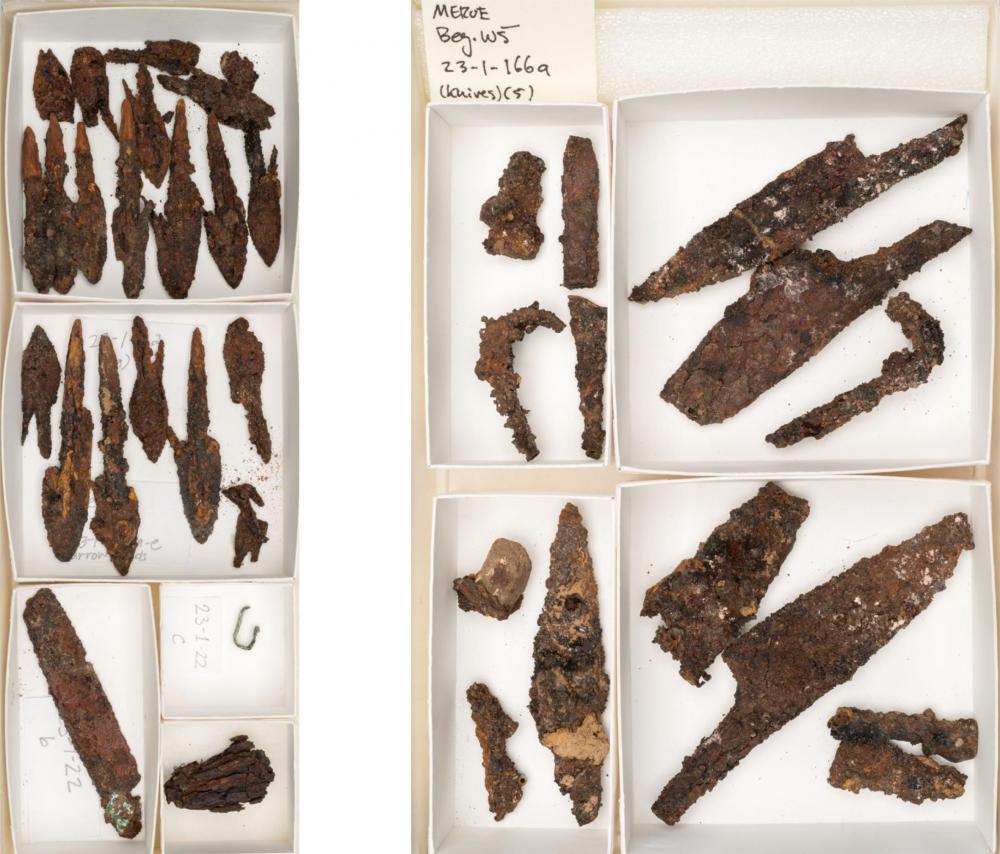

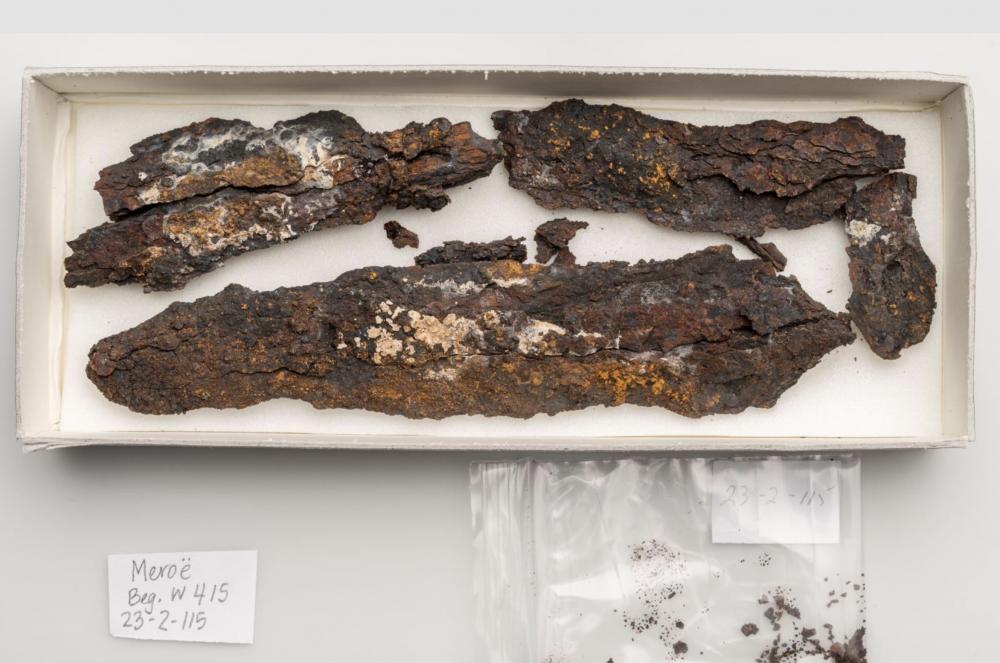
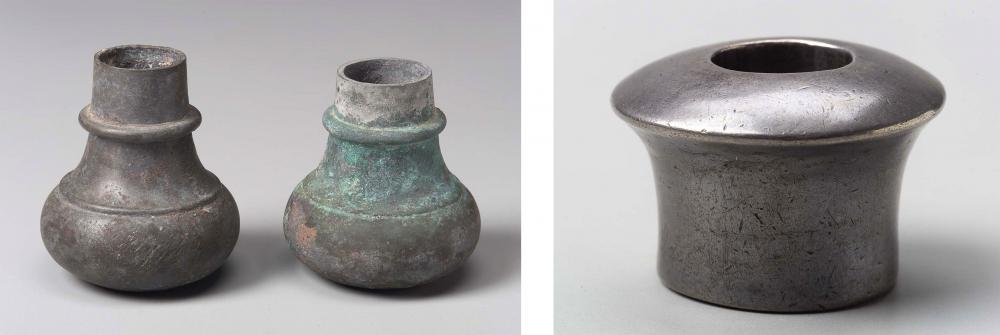

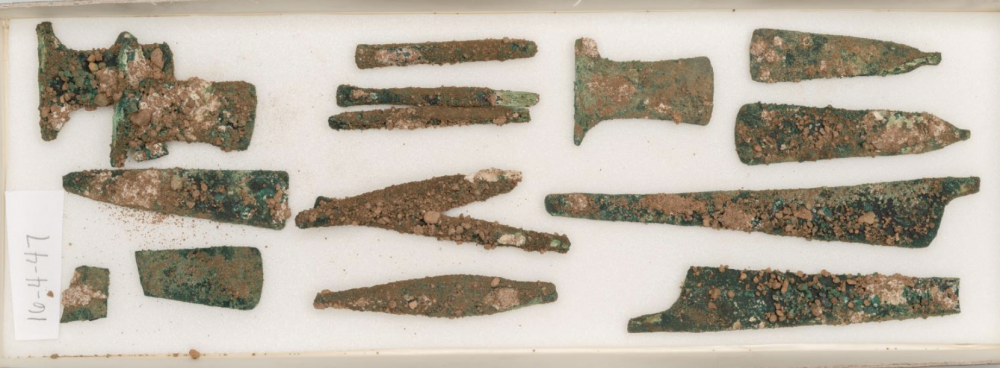
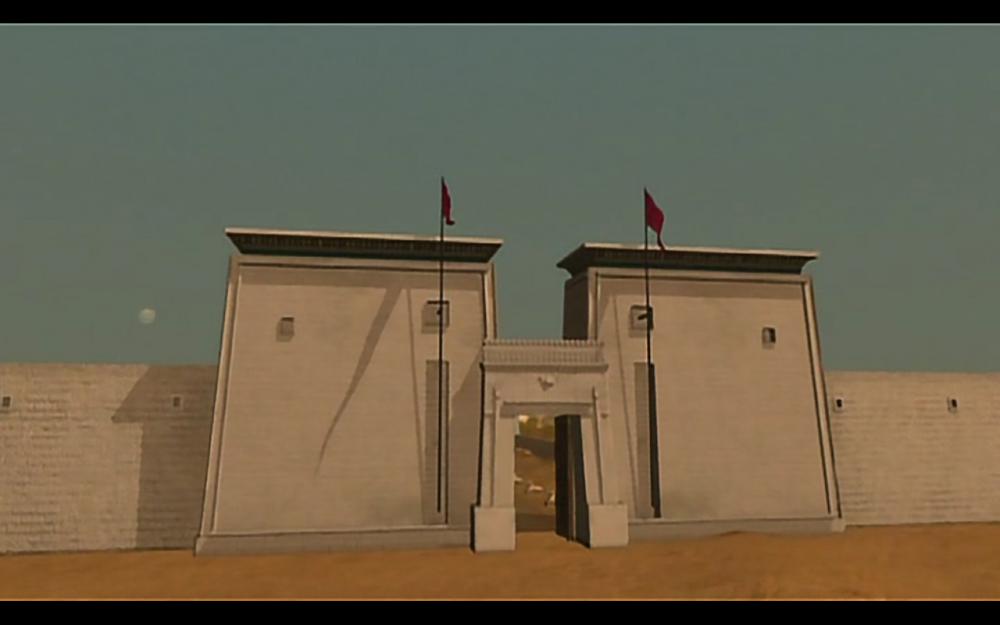
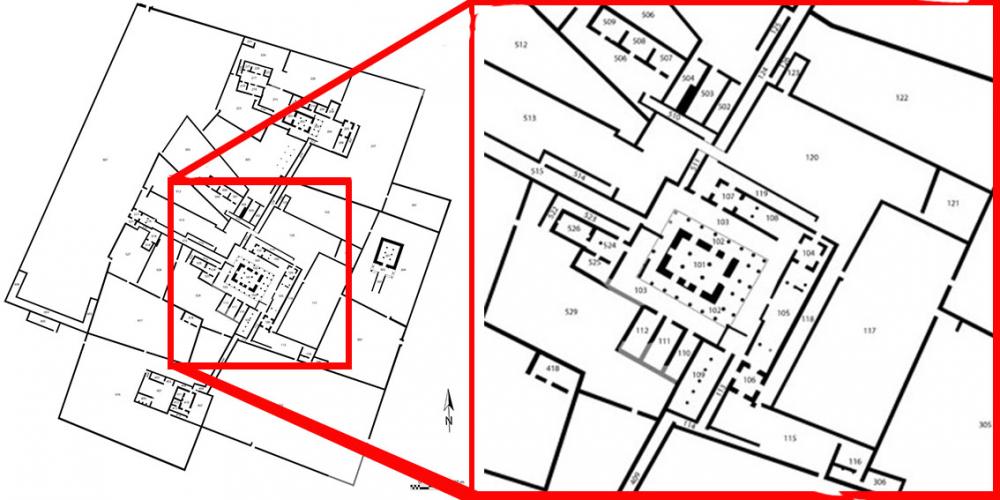
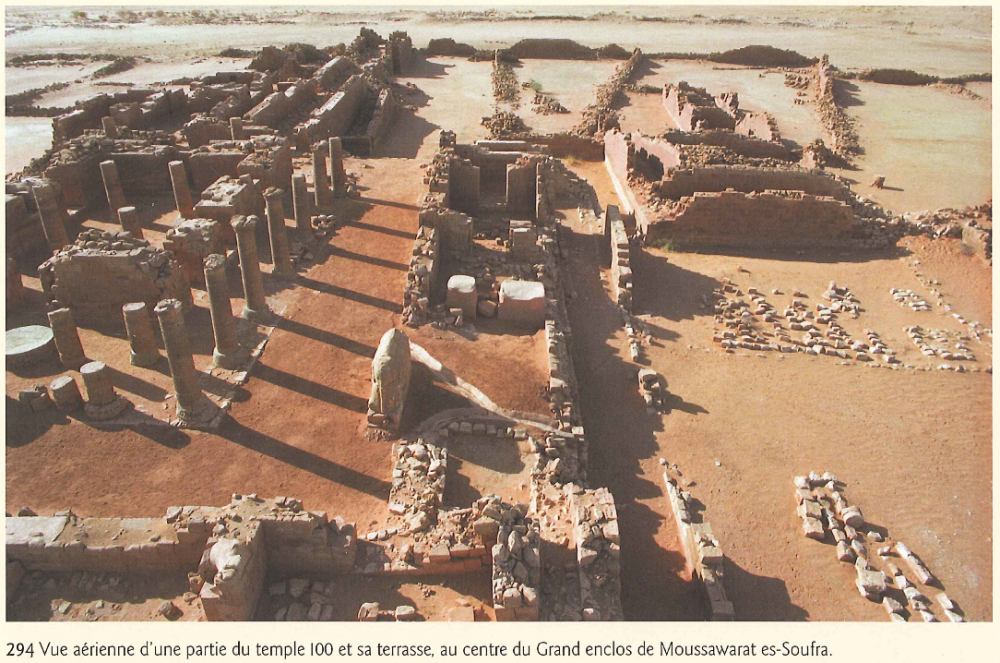
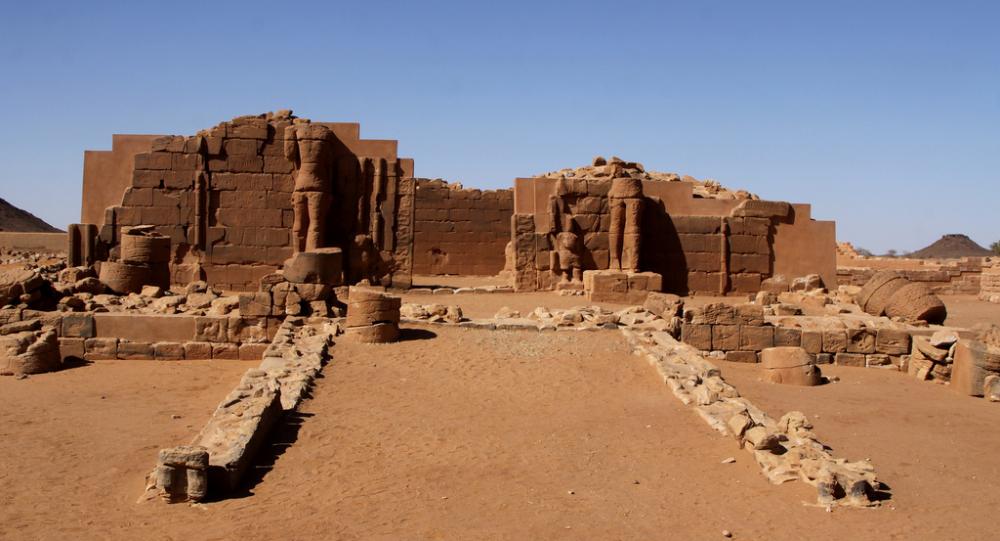
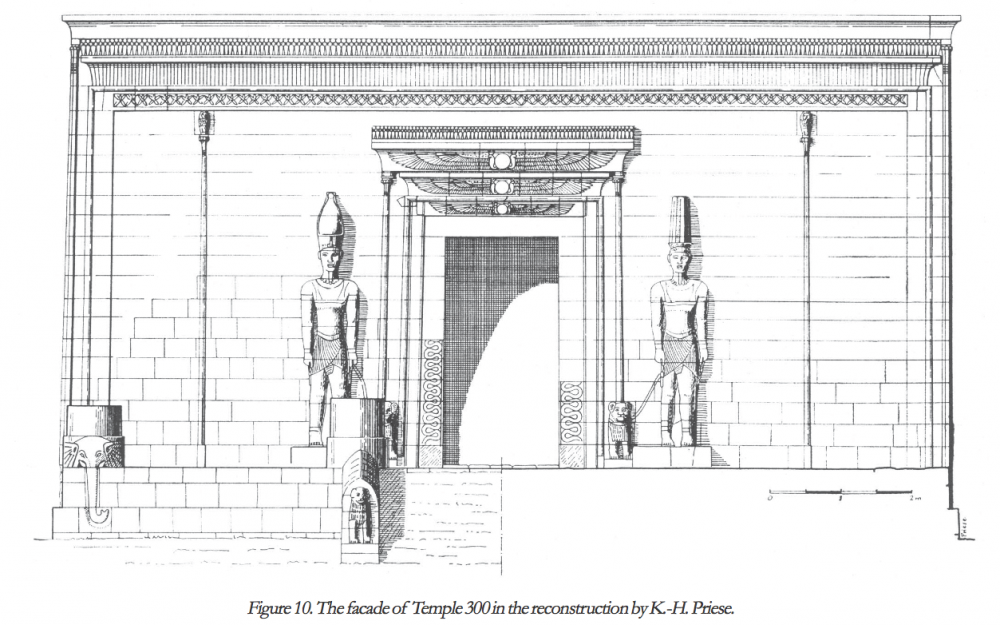
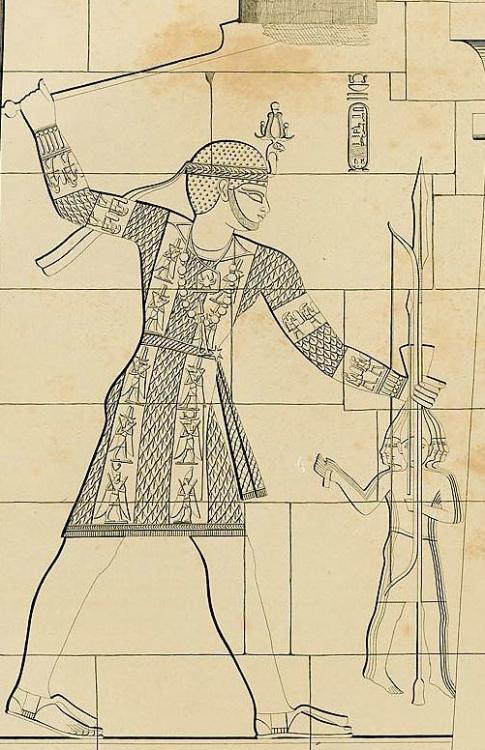
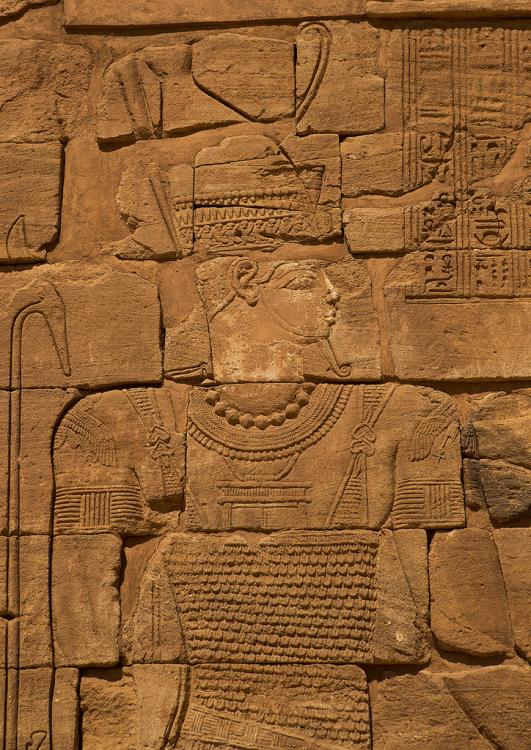
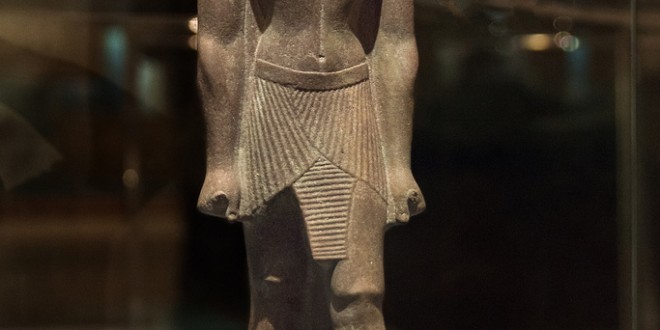
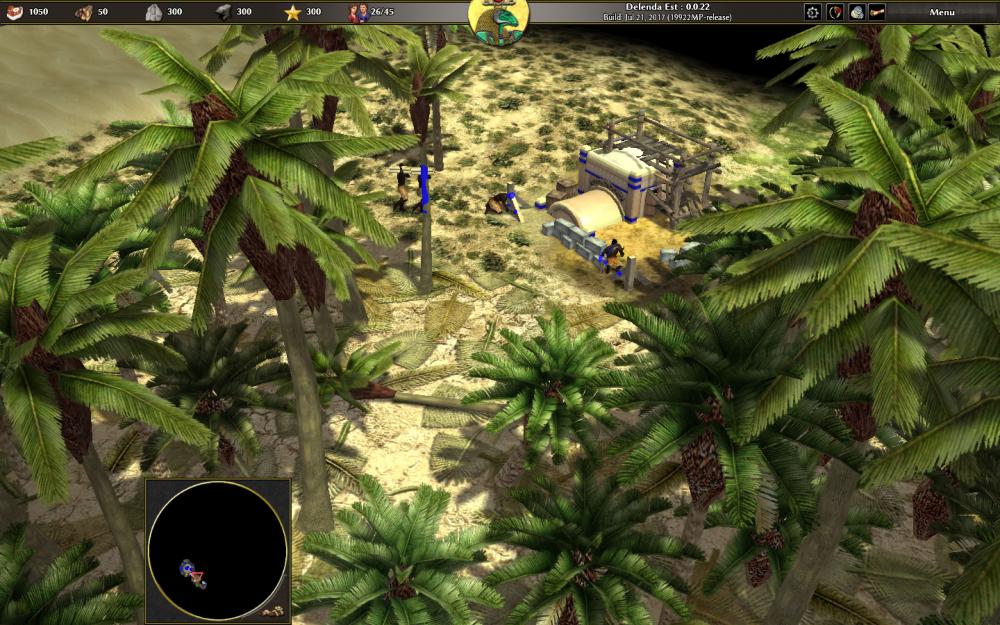
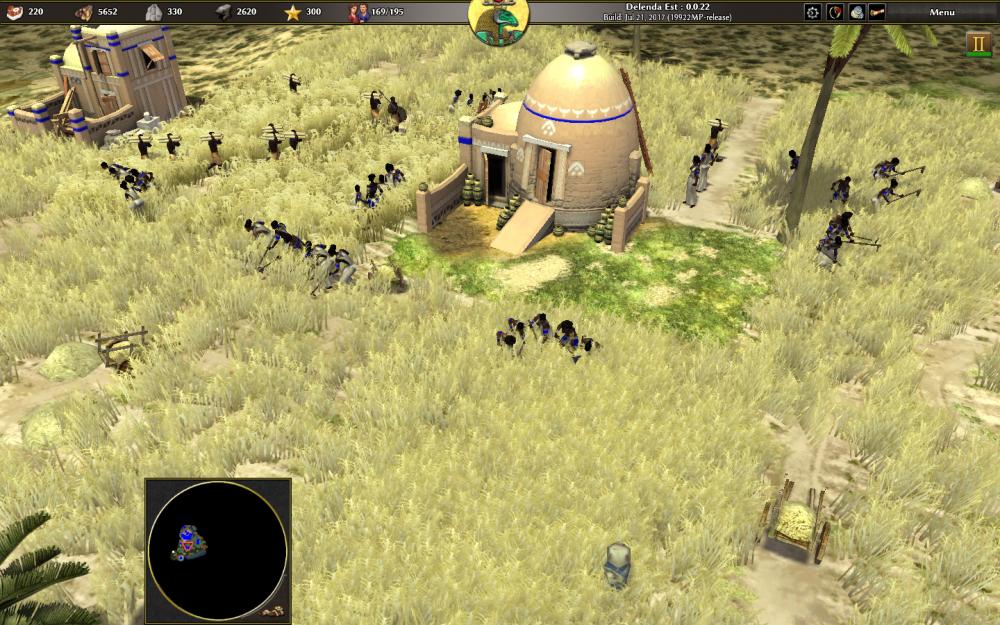
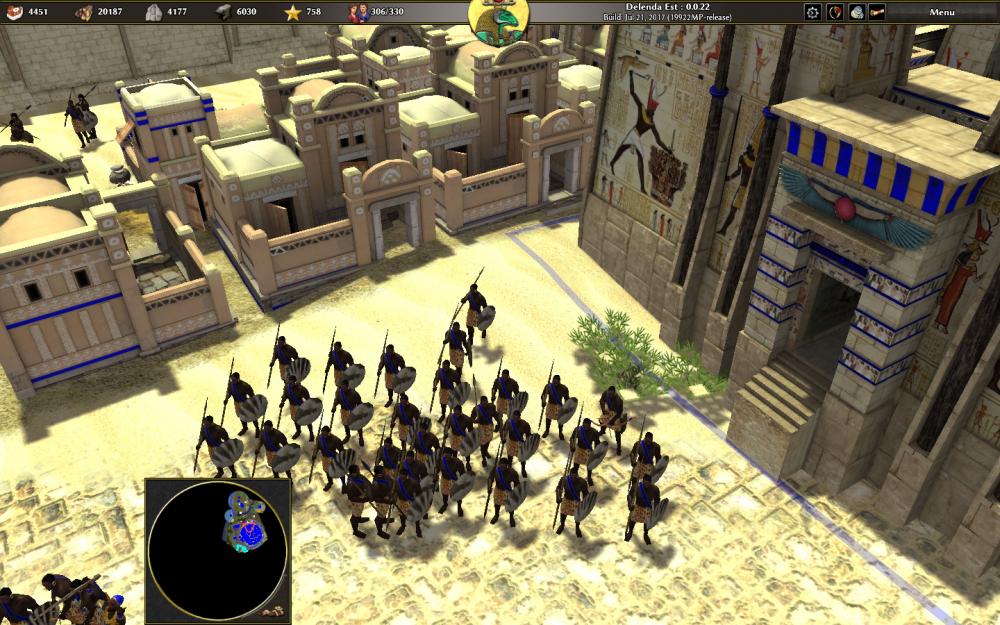
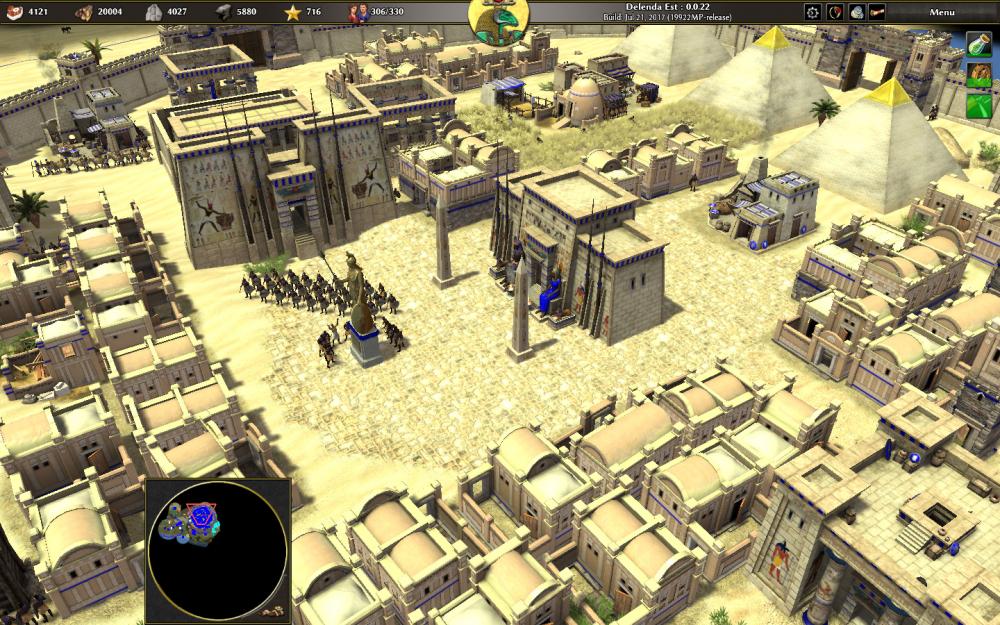
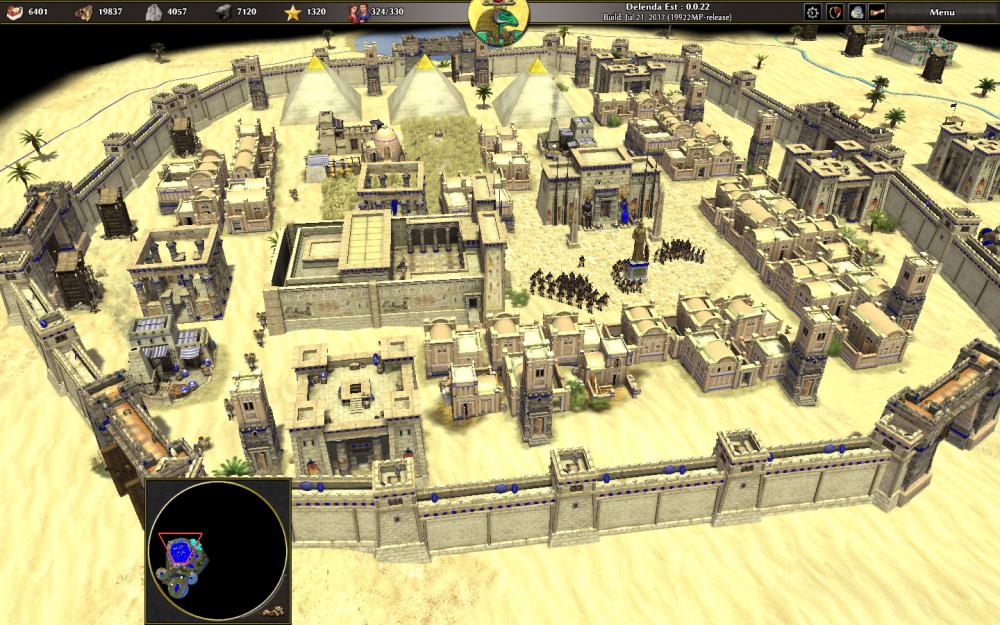
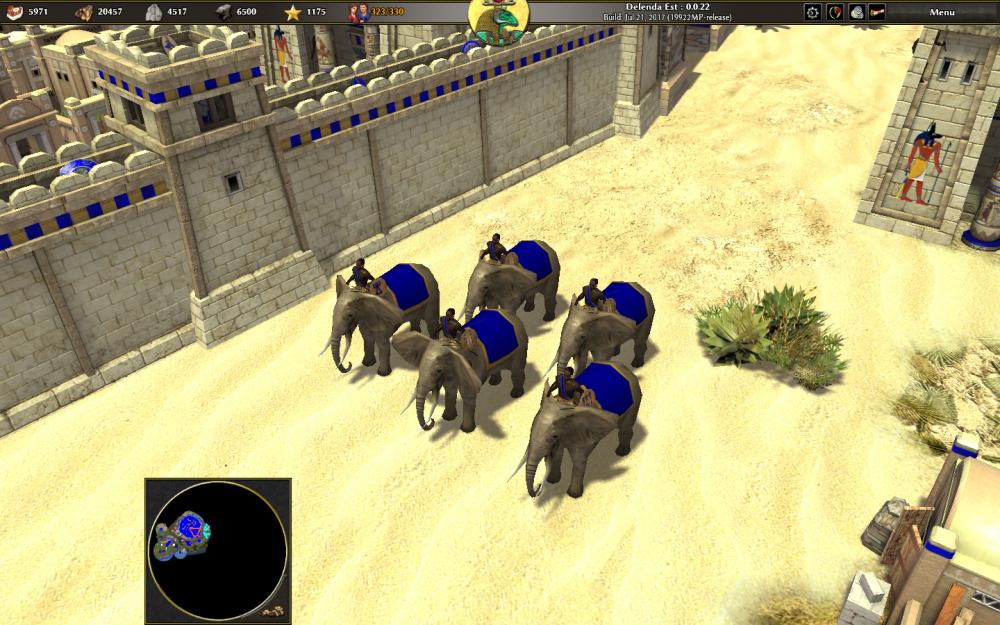
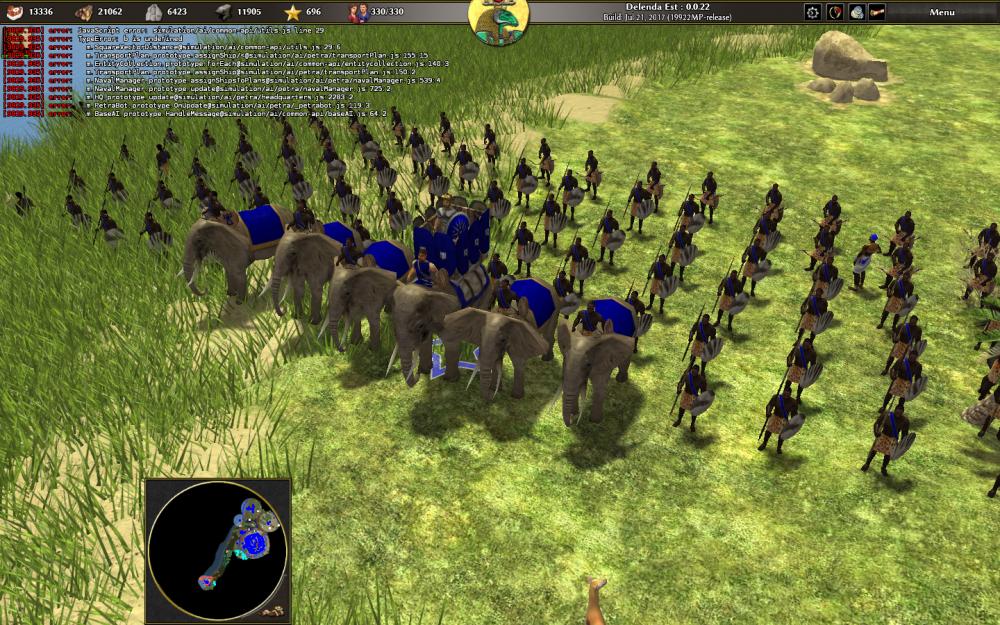
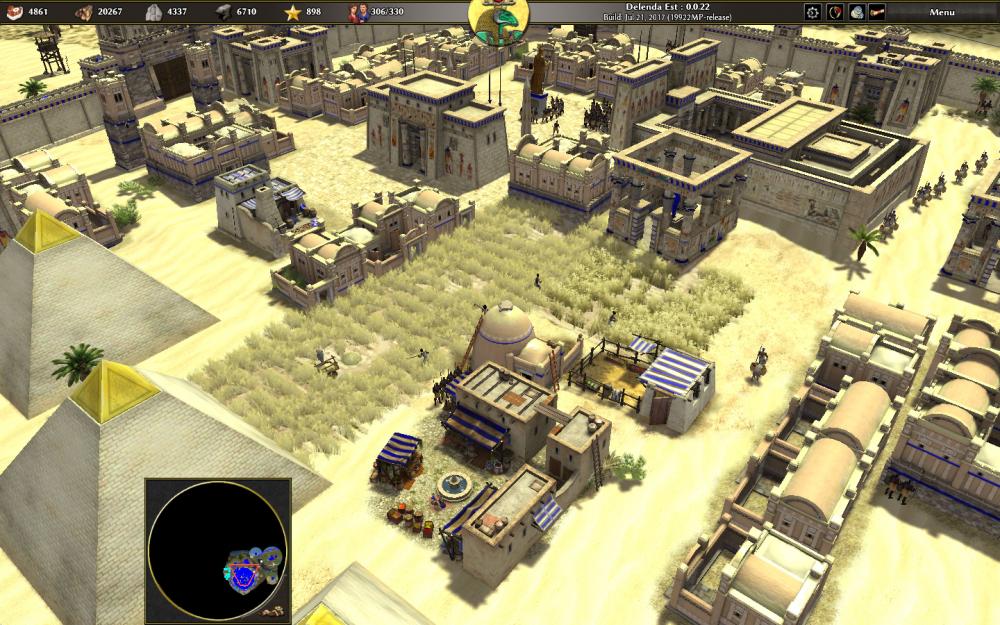
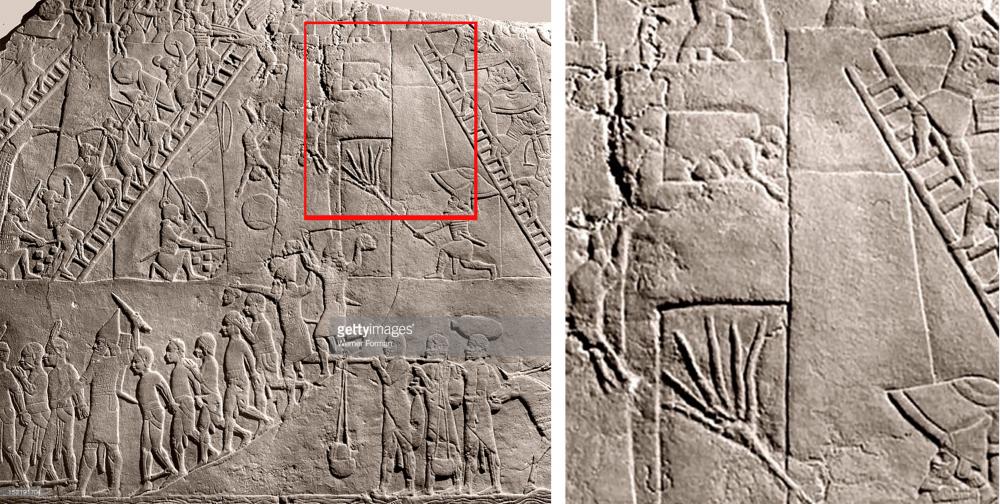



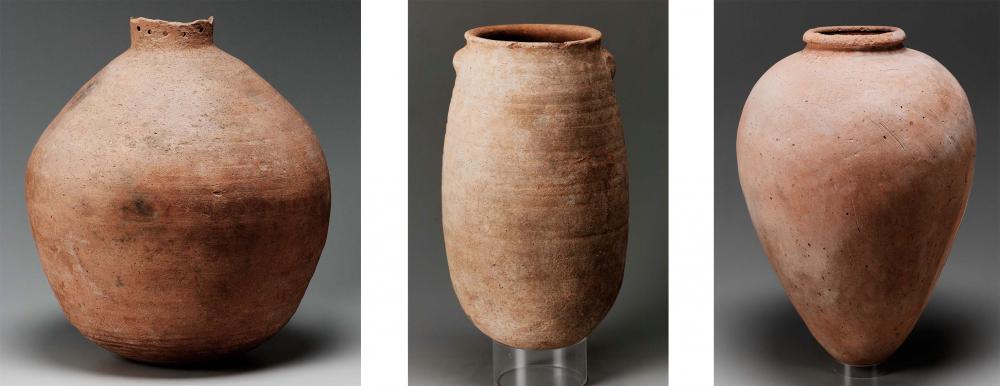



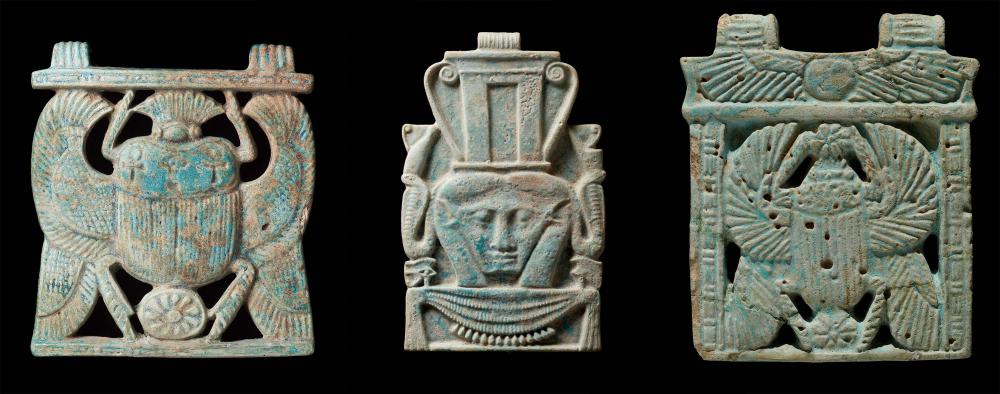




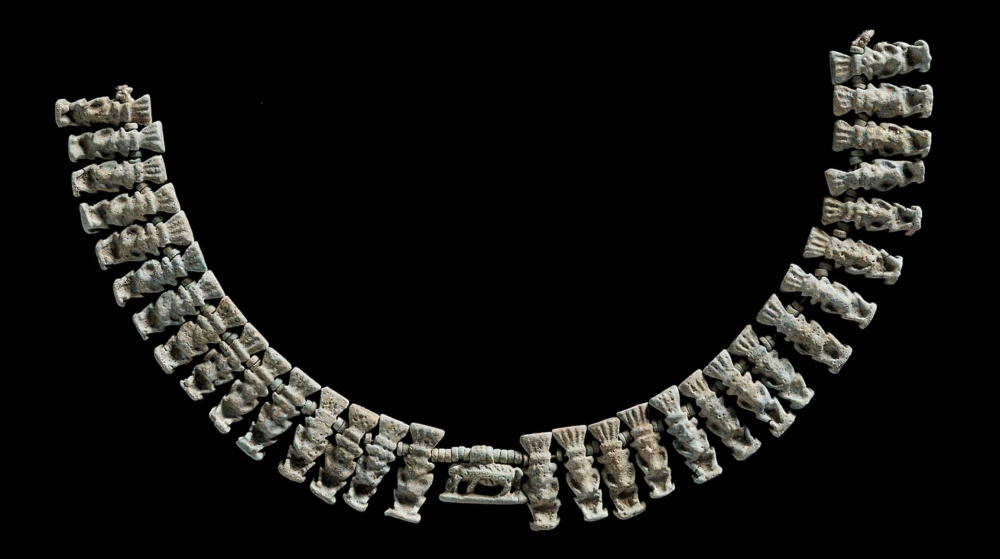
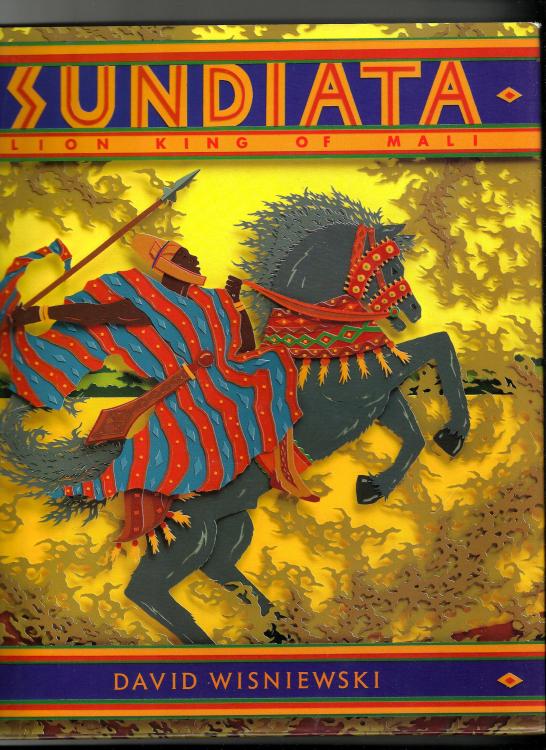
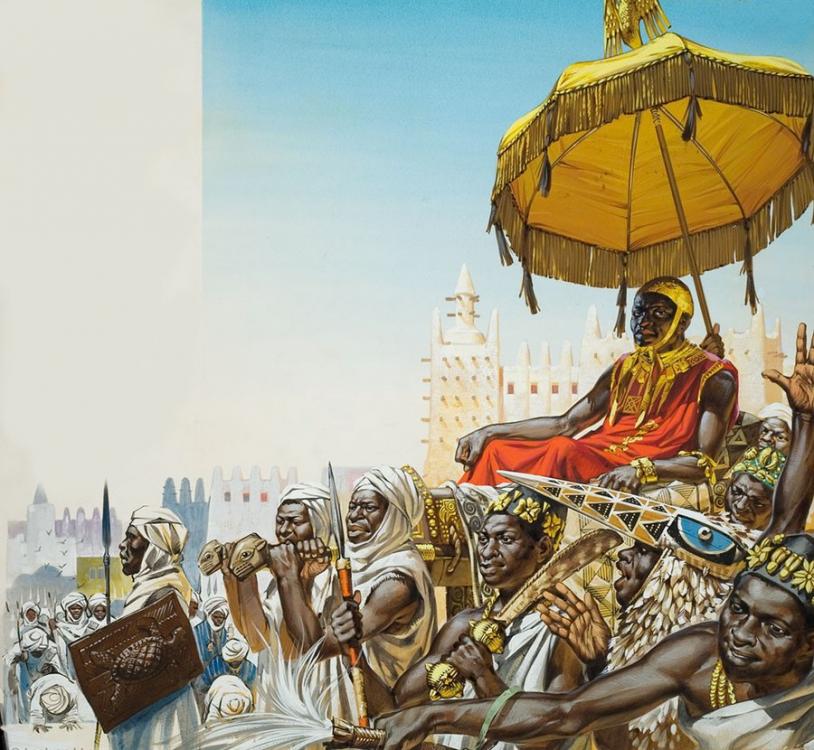
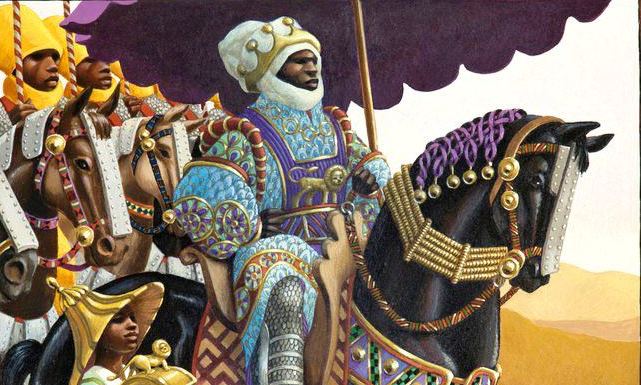
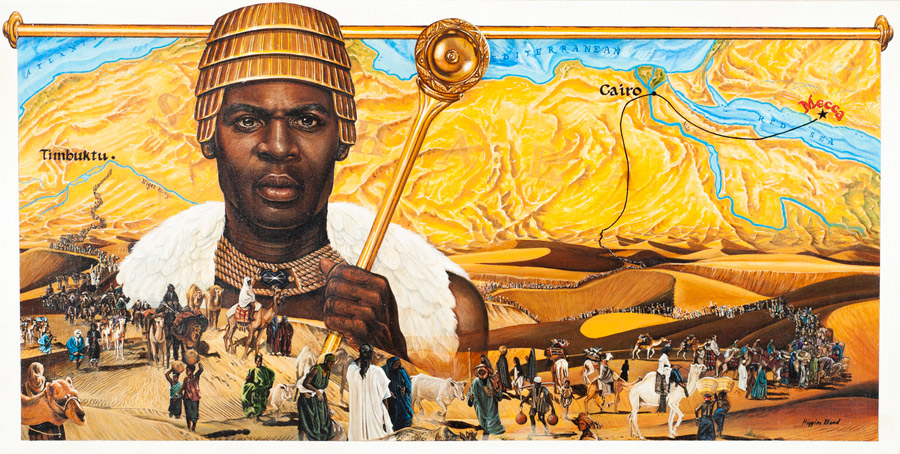
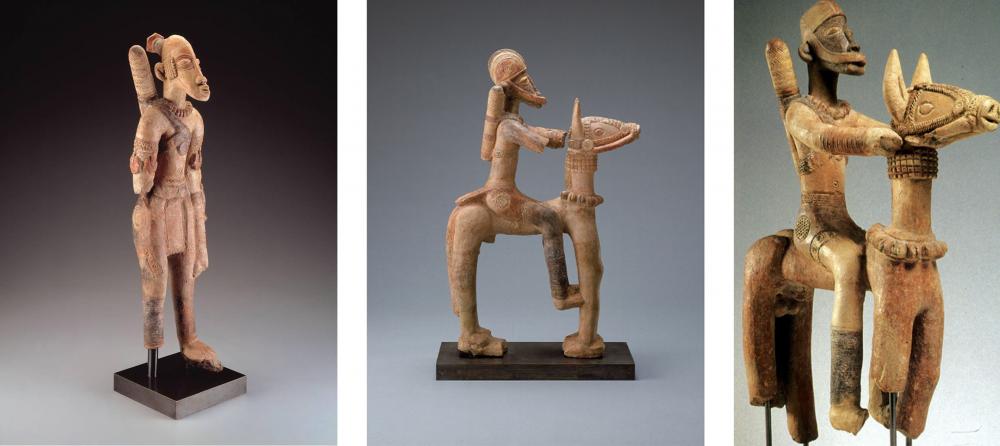
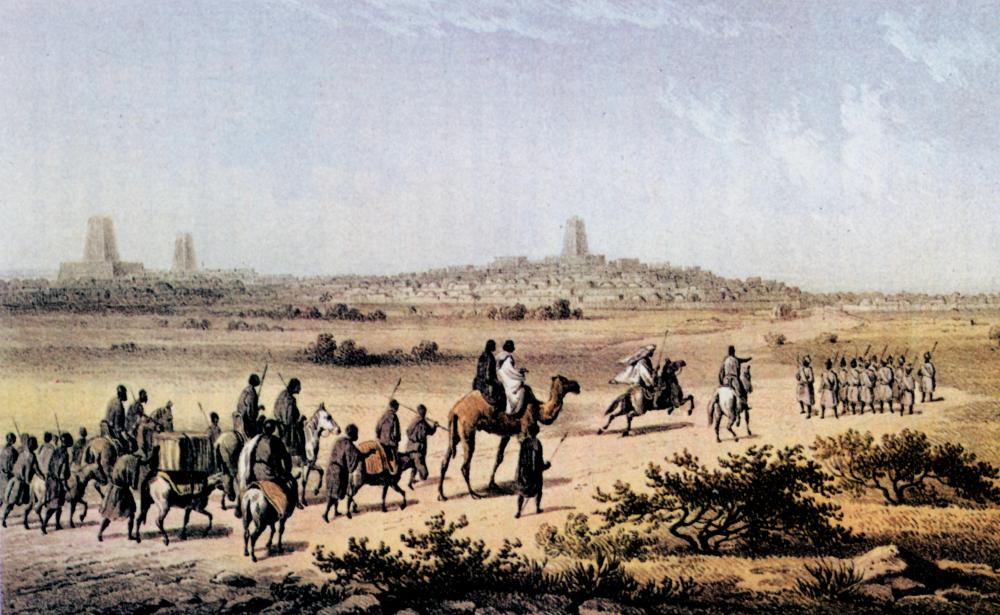
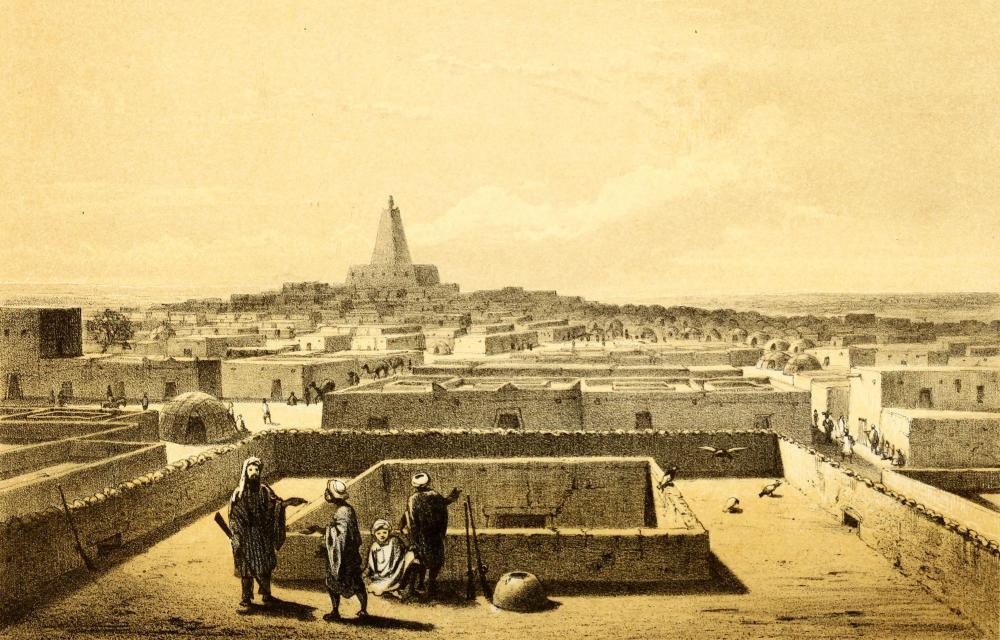
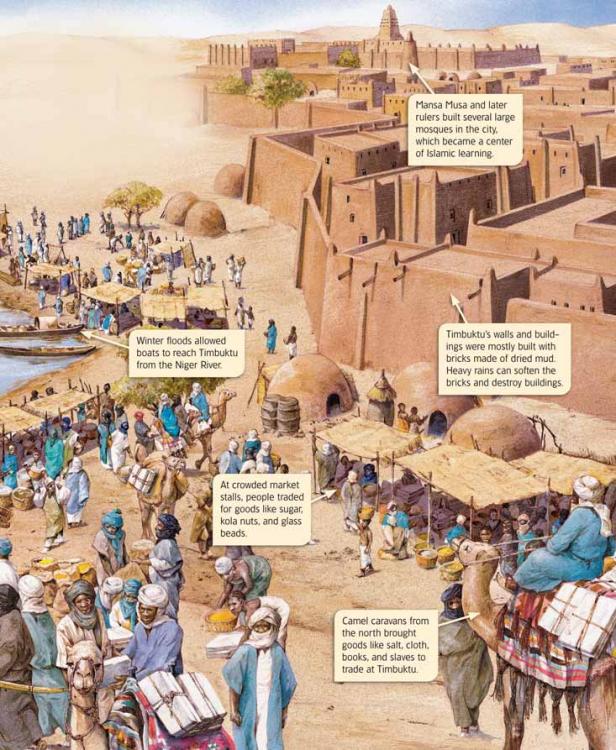
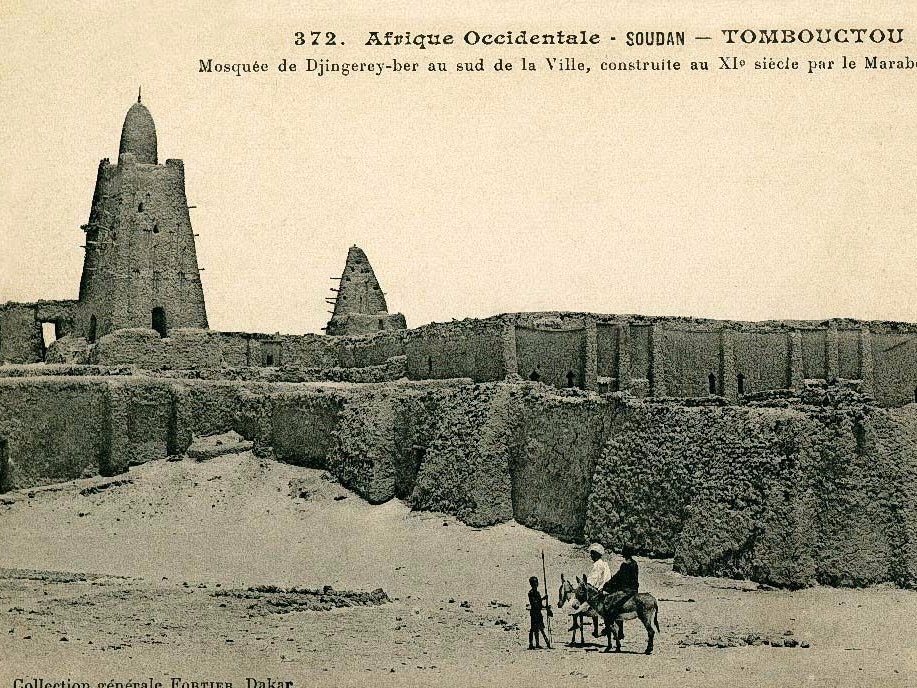
The Kingdom of Kush: A proper introduction [Illustrated]
in Official tasks
Posted
Haha, I was just asking myself that...